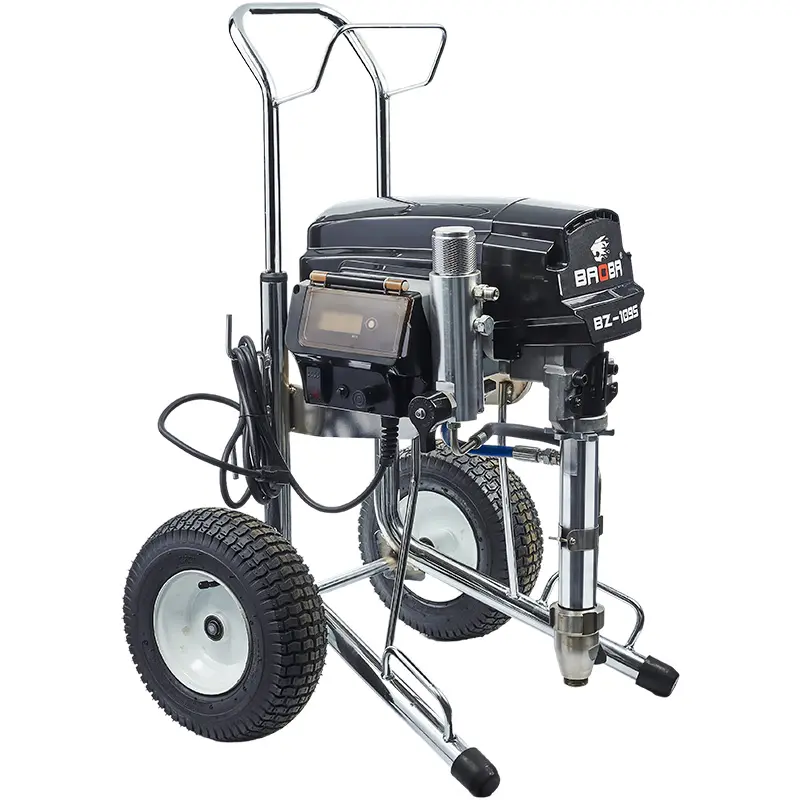The Shift from Paper Grocery Bags: Unpacking the Environmental and Economic Factors Behind the Change
In recent years, the grocery industry has witnessed a significant transformation in the materials used for shopping bags. Once a staple of grocery stores, paper bags have largely been replaced by their plastic counterparts. This shift raises an important question: Why did we stop using paper grocery bags? To understand this transition, we must explore a variety of factors, including environmental concerns, economic considerations, and consumer behavior.
The Environmental Perspective
- Resource Intensity of Paper Production
The production of paper bags is resource-intensive. It requires substantial amounts of water, energy, and trees. According to the Environmental Paper Network, producing a single ton of paper can consume over 24,000 gallons of water and release significant amounts of carbon dioxide into the atmosphere. In contrast, plastic bags, while derived from fossil fuels, can be produced with a lower carbon footprint per unit when considering the entire lifecycle of the product.
- Recycling Challenges
While paper bags are biodegradable and recyclable, the reality is more complex. Many recycling facilities are not equipped to handle paper bags due to their tendency to get stuck in machinery. Additionally, contamination from food residues can render paper bags unsuitable for recycling. In contrast, plastic bags, although often criticized for their environmental impact, can be recycled more efficiently in specialized facilities. This has led to a perception that plastic bags are more practical for both consumers and retailers.
Economic Factors
- Cost-Effectiveness
From an economic standpoint, plastic bags are cheaper to produce and purchase than paper bags. Retailers often pass these savings onto consumers, making plastic bags a more attractive option for budget-conscious shoppers. The lower cost of plastic bags also allows retailers to provide them for free or at a minimal charge, encouraging their use over paper bags.
- Durability and Versatility
Plastic bags offer superior durability compared to paper bags. They are water-resistant, can carry heavier loads, and are less likely to tear or break during transport. This durability makes them a more practical choice for consumers who may be carrying multiple items or heavier groceries. Furthermore, plastic bags can be reused for various purposes, from trash liners to storage solutions, adding to their appeal.
Consumer Behavior and Preferences
- Convenience and Accessibility
In today’s fast-paced world, convenience is a significant factor influencing consumer choices. Plastic bags are lightweight, easy to carry, and can be folded into small sizes, making them more convenient for shoppers. The ease of grabbing a plastic bag at checkout has contributed to its dominance in the grocery sector.
- Changing Attitudes Towards Sustainability
Interestingly, consumer attitudes towards sustainability are evolving. While plastic bags have been criticized for their environmental impact, many consumers are now more aware of the importance of recycling and reusing. This shift has led to the rise of reusable shopping bags, which are often made from recycled materials and designed to be more sustainable than both paper and plastic bags. Retailers are responding to this trend by encouraging the use of reusable bags, further diminishing the role of paper bags in the shopping experience.
Conclusion: A Complex Transition
The decline of paper grocery bags is not merely a matter of preference; it is a multifaceted issue influenced by environmental, economic, and social factors. While paper bags were once the go-to option for grocery shopping, the combination of cost-effectiveness, durability, and changing consumer behavior has led to the widespread adoption of plastic bags and reusable alternatives.

Average Rating